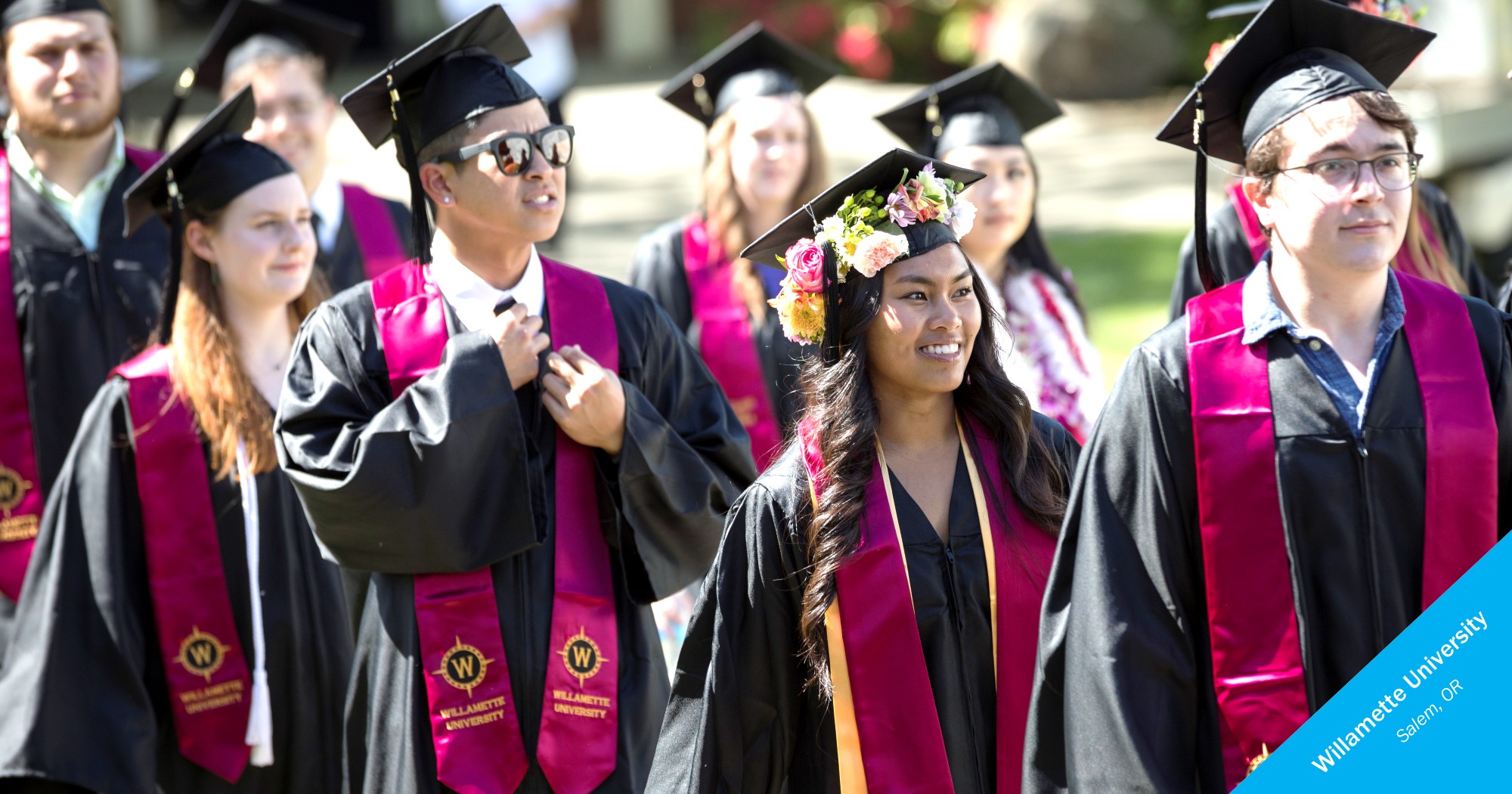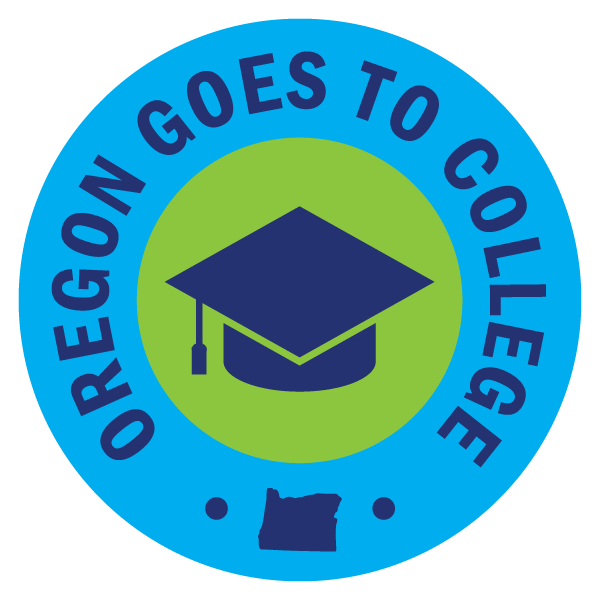
College is any type of education and training beyond high school.
This includes community colleges, universities, career and trade schools and on-the-job training like apprenticeships – any type of education or training that gives you a certificate, license, or degree.
You may also hear people refer to these options as postsecondary education or higher education.
Types of degrees
After you pass a series of courses and/or tests, a college grants you a degree. Your career field determines what type of degree you will need, and therefore, what type of college you should attend.
An undergraduate credential that focuses on skills for a specific career. Some careers may also require a license.
Average time to complete: 1-2 years
Examples:
- Certificate: in programs like Auto Collision Repair Technology, Computer Information Systems, Emergency Medical Services, and more.
- Apprenticeship: supervised and paid on-the-job training combined with classroom instruction
An additional certification, often requiring an initial licensing exam and continued education in the field.
Average time to complete: Varies. It may take more training beyond a certificate, Associate degree or Bachelor's degree.
Examples:
- License: for specific professions including hairdressers, electricians, teachers, and lawyers
- LSW: Licensed Social Worker
- LMT: Licensed Massage Therapist
- RN: Registered Nurse
An undergraduate degree, usually given by community colleges.
Average time to complete: 2-3 years
Examples:
- AA: Associate of Arts
- AAOT: Associate of Arts Oregon Transfer (transfer to a 4-year college)
- AS: Associate of Science
An undergraduate degree given by colleges and universities.
Average time to complete: 4-6 years
Examples:
- BA: Bachelor of Arts
- BFA: Bachelor of Fine Arts
- BS: Bachelor of Science
A graduate degree that specializes in a specific area.
Average time to complete: 1-2 years beyond a Bachelor's degree
Examples:
- MA: Master of Arts
- MAT: Master of Arts in Teaching
- MBA: Master of Business Administration
- MS: Master of Science
A graduate degree that specializes in a specific area.
Average time to complete: 2-6 years beyond a Bachelor's degree
Examples:
- PhD: Doctor of Philosophy (given in any field)
- EdD: Doctor of Education
A degree that allows graduates to practice a particular career.
Average time to complete: Varies. It may take additional training beyond a Bachelor's degree.
Examples:
- BSN: Bachelor of Science in Nursing
- DDS: Doctor of Dental Surgery
- JD: Juris Doctora (law degree)
- MD: Doctor of Medicine
Types of colleges
Community colleges are open to everyone with a high school diploma or GED. They can prepare you for a specific career or trade, or be a stepping stone to a Bachelor’s degree. Tuition rates are usually the lowest among all types of colleges. Most community colleges do not offer housing.
Average time to degree: 1-3 years
Possible degrees: Certificate, License, Associate, Transfer
Funding type: Public
Examples:
An institution that primarily offers Bachelor’s degree programs. Entrance requirements vary, depending on how selective a college is. Public universities offer in-state tuition so residents pay less than out-of-state students. Private colleges usually have higher tuition rates, but they may be able to offer more financial aid.
Average time to degree: 4-6 years
Possible degrees: Bachelor’s, Master’s, Professional, Doctoral
Funding type: Public, Private not-for-profit, Private for-profit
Examples:
- Bushnell University (private not-for-profit)
- Eastern Oregon University (public)
- Lewis & Clark College (private not-for-profit)
- Oregon Institute of Technology (public)
Colleges that offer specialized programs focusing on a specific career. The majority of these schools are for-profit businesses so tuition rates are usually higher than other types of colleges.
Average time to degree: 1-2 years for most programs
Possible degrees: Diploma, Certificate, License, Associate, Bachelor’s
Funding type: Private not-for-profit, Private for-profit
Examples:
- Baker Technical Institute
- Northwest College School of Beauty
- Oregon School of Massage
Opportunities to earn while you learn.
Average time to degree: 1-2 years
Possible degrees: Certificate, Associate
Examples:
- Apprenticeships: Paid on-the-job training and classroom learning for a specific trade. In Oregon, most apprenticeships are in the construction trade and offered at a community college, trade school, or an Apprenticeship and Training Center (ATC).
- Service Learning: Paid volunteer opportunities across the country and overseas. These include AmeriCorps and Peace Corps. Many offer student loan repayment options.
- Job Corps: A free education and training program for low-income youth. Locations in Oregon include Astoria, Estacada, Glide, Portland, Troutdale and Yachats.
Joining the military is a big decision. Think carefully and consider your options. Talk with family and/or a trusted adult as well as representatives from the military. Money is available for college in exchange for full-time or part-time service.
Average time: Minimum 4 years of enlistment
Possible degrees: Bachelor’s
Examples:
- Military academies: Extremely elite and selective, students receive full four-year scholarships.
- ROTC: Train to be an officer while earning a Bachelor's degree with Reserve Officer Training Corps (ROTC). Scholarships are available.
- Enlistment: Requires a high school diploma or GED.
Other ways to categorize colleges
Most colleges and universities fit into many categories.
Funding source
Public colleges are partially funded by local and state governments. They charge residents lower tuition than students from other states.
Private colleges rely on tuition, fees and other forms of funding. Private colleges can be not-for-profit or for-profit.
What classes are taught
Liberal arts colleges encourage or require students to take classes in a wide range of subjects.
Some colleges focus on specific subjects, like art or music. Other colleges focus on classes specific to a job, such as truck driving or medical assisting.
How classes are taught
Some colleges offer classes only online or only in-person. Others may let you take a mix of class offerings, or offer hybrid options.
Most colleges in Oregon are on the quarter-term system. There are four quarters each year and classes are 11 weeks long. Other colleges may be on semesters or teach classes in shorter periods.
Specific population
Some colleges focus on a specific population, such as Historically Black Colleges and Universities (HBCUs), Hispanic-Serving Institutions (HSIs) and tribal colleges.
There are also single-sex schools that only enroll female-identifying or male-identifying students.
Religiously-affiliated
Colleges may be affiliated with a specific religion or denomination. At some schools, this may mean you need to sign a statement of faith and/or attend chapel.
